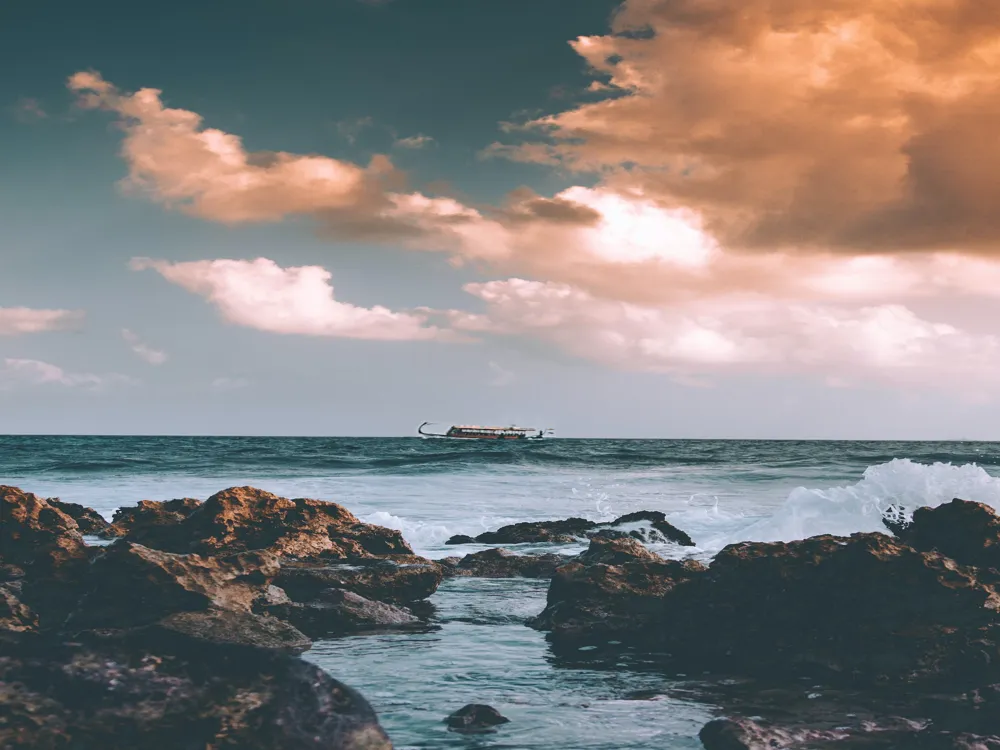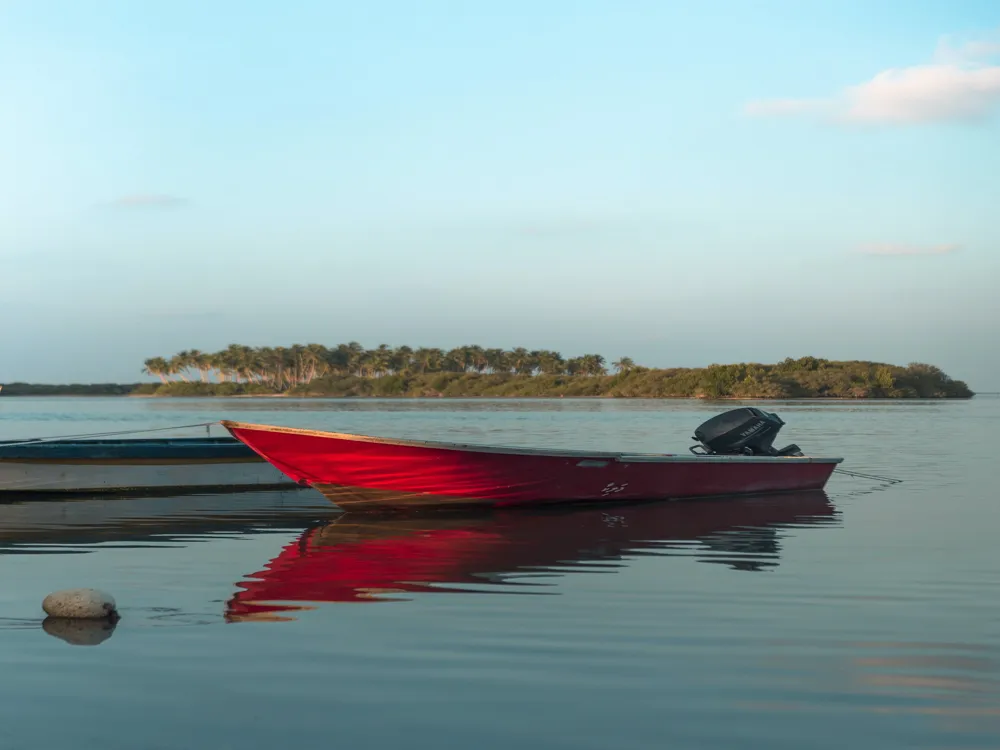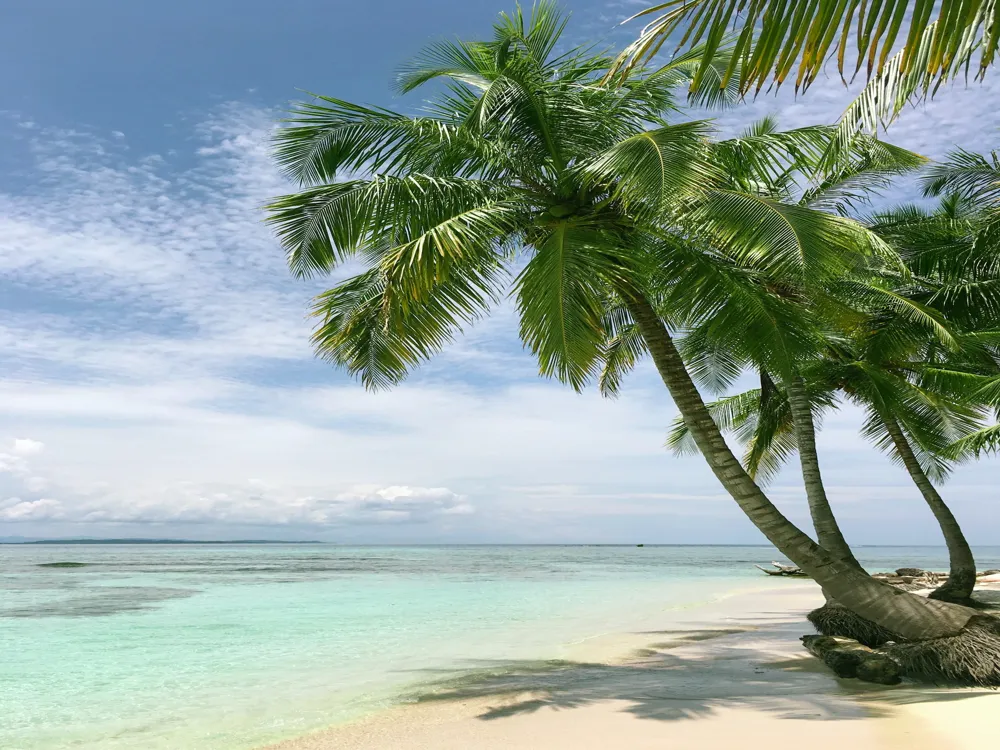Nestled in the heart of the Indian Ocean, Isdhoo Island is one of the hidden gems of the Maldives. Known for its breathtaking beauty, rich history, and unique culture, Isdhoo is a destination that promises an unforgettable experience. From its pristine beaches to the vibrant marine life, every aspect of Isdhoo is a testament to the untouched natural splendor of the Maldives. This overview will introduce you to the magic of Isdhoo Island, setting the stage for an exploration of its architecture, travel tips, and accessibility. Isdhoo Island is renowned for its stunning natural beauty. The island's beaches are characterized by powdery white sands that contrast beautifully against the crystal-clear turquoise waters. These beaches offer a serene escape, ideal for sunbathing, swimming, and snorkeling. The island is surrounded by a rich coral reef system, home to a diverse range of marine life, including colorful fish, turtles, and even dolphins. The lush vegetation of Isdhoo, comprising coconut palms and tropical flora, adds to the island’s allure, creating a perfect backdrop for nature lovers and photographers alike. Beyond its natural beauty, Isdhoo holds a rich historical and cultural significance. The island is home to ancient ruins and artifacts that date back to the Buddhist era, offering a glimpse into the Maldives' pre-Islamic past. These historical sites, including old mosques and traditional houses, tell the story of a bygone era, reflecting the island's transition through different periods of cultural and religious influences. The local community of Isdhoo is known for its warm hospitality and adherence to traditional Maldivian ways of life, providing visitors with an authentic and enriching cultural experience. Isdhoo Island is not just a natural paradise but also a showcase of unique architectural styles that reflect its rich history and cultural diversity. The architecture of Isdhoo is a blend of various influences, including Buddhist, Islamic, and colonial elements, each telling a different story of the island's past. This section delves into the architectural marvels of Isdhoo, exploring ancient temples, mosques, and traditional Maldivian houses, and how they contribute to the island's unique character. The remnants of Buddhist temples and stupas are among the earliest architectural elements found on Isdhoo Island. These ancient structures, made of coral stones and intricate carvings, provide insight into the island's pre-Islamic era. The craftsmanship and design of these Buddhist relics reflect the influence of South and Southeast Asian cultures, showcasing the island's historical connections with other regions. Visitors can explore these ruins to appreciate the artistry and religious significance they once held. With the advent of Islam, the architecture of Isdhoo underwent a significant transformation. The island's mosques, built with coral stones and wood, are prime examples of traditional Islamic architecture in the Maldives. These mosques are characterized by their simple yet elegant designs, featuring intricately carved wooden panels, coral stone walls, and minarets. The oldest mosque on the island is a testament to the skilled craftsmanship of local artisans and the Islamic heritage that shapes much of the island's cultural identity. The colonial period introduced new architectural styles to Isdhoo Island, evident in some of the buildings and infrastructure. The fusion of local and colonial architecture resulted in a unique aesthetic, blending traditional Maldivian techniques with European influences. In recent times, modern adaptations have been made to accommodate the growing tourism industry, with the construction of resorts and guesthouses. These contemporary structures, however, are designed to harmonize with the island's natural environment and architectural heritage, ensuring that the essence of Isdhoo's traditional architecture is preserved. Planning a trip to Isdhoo Island is an exciting prospect, but it's essential to be well-prepared to make the most of your visit. The following tips will provide valuable insights into how to enjoy a safe, enjoyable, and culturally sensitive trip to this Maldivian paradise. Isdhoo Island is deeply rooted in its traditions and customs. As a visitor, it's important to show respect towards local practices, especially when visiting religious sites. Dress modestly, especially when entering mosques or interacting with locals, to maintain cultural sensitivity. The ideal time to visit Isdhoo Island is between November and April, during the dry season. This period offers the best weather conditions, with minimal rainfall and lower humidity, making it perfect for outdoor activities and exploring the island. Isdhoo's natural environment is delicate. As responsible tourists, it's crucial to engage in eco-friendly practices. Avoid disturbing the marine life while snorkeling or diving, dispose of waste properly, and use environmentally friendly sunscreens to protect the coral reefs. Getting to Isdhoo Island is part of the adventure, offering various options to suit different preferences and budgets. Here's a guide on how to reach this beautiful island. The most common way to reach Isdhoo Island is by air. Visitors can take a domestic flight from Malé International Airport to the nearby local airport, followed by a short speedboat ride to the island. Alternatively, for a more scenic route, seaplanes offer direct transfers from Malé, providing breathtaking aerial views of the Maldivian archipelago. Traveling by sea is another option. Speedboats provide a faster, albeit more expensive, way to reach Isdhoo. For a more budget-friendly and authentic experience, regular ferry services are available from Malé. The ferry journey offers a chance to enjoy the serene beauty of the Indian Ocean and interact with locals. Read More:Welcome to Isdhoo Island, Maldives: A Paradise Unveiled
The Enchanting Natural Beauty of Isdhoo
Rich Historical and Cultural Tapestry
Architectural Wonders of Isdhoo Island: A Journey Through Time
Ancient Buddhist Remnants
Islamic Influence and Mosques
Colonial Impressions and Modern Adaptations
Visiting Isdhoo Island: Tips for an Enriching Experience
Respect Local Customs and Traditions
Best Time to Visit
Engage in Eco-Friendly Practices
How to Reach Isdhoo Island: Your Gateway to Paradise
By Air: Domestic Flights and Seaplanes
By Sea: Speedboats and Ferries
Isdhoo Island
Maldives
₹ 34,250 onwards
View maldives Packages
Maldives Travel Packages
View All Packages For Maldives
Top Hotel Collections for Maldives

Private Pool

Luxury Hotels

5-Star Hotels

Pet Friendly
Top Hotels Near Maldives
Other Top Ranking Places In Maldives
View All Places To Visit In maldives
View maldives Packages
Maldives Travel Packages
View All Packages For Maldives
Top Hotel Collections for Maldives

Private Pool

Luxury Hotels

5-Star Hotels

Pet Friendly












